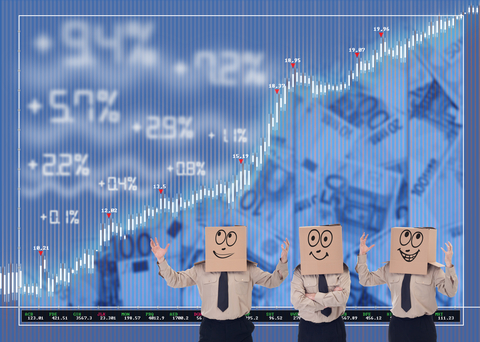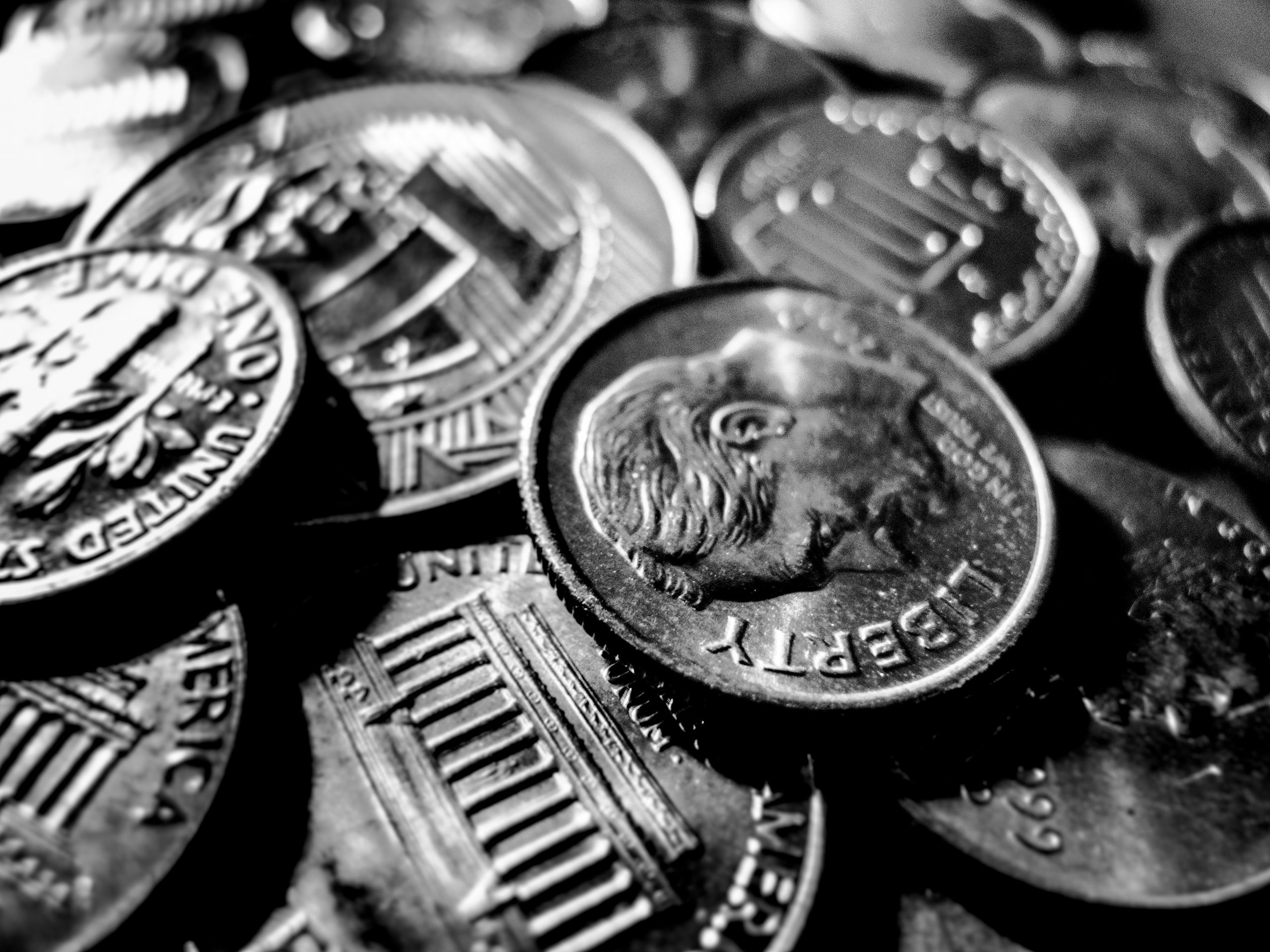Happy New Year!
Well actually it really was happy last year. I am guessing that it is fairly well known that equities had a fairly good year. The Euro Stoxx was up ~21% and the S&P was up ~27% in 2021. Commodities also had a bit of a bumper time with oil up 56% and Natural Gas up 48%. Curiously gold, in what was a year of accelerating inflation fears, did not do so well, losing 3.38%. For whatever reason, gold’s reputation as an inflation hedge took quite a ding in 2021.
In foreign exchange the dollar rallied ~10% against most major crosses. Apart from that fairly quiet in fx space. Fixed income did sell off a bit, but given that government bonds were at historical lows, and oftentimes negatives yields at the start of 2021, this was hardly surprising. Credit markets were also fairly muted with the iTraxx 5yr XO ending the year pretty much where it started it at 240bps. All of the above indicates convincingly that pandemics are either neutral or great for financial markets. Who gnu?
However, in a world where markets were also going through the roof, the estimated risks of those markets were also dropping like a stone. Using a 1-year Value at Risk (VaR) estimate to estimate market risk, the risk of the S&P dropped from 6.56% (this can be interpreted as saying the that S&P will lose at least 6.56% once every 100 days) at the end of 2020 to 2.08% at the end of 2021. This variability is one of the reasons that many risk managers are not great fans of VaR as a risk measure. Personally, I think both numbers are very useful from a risk management perspective and that VaR generally has a valuable least-worst characteristic insofar it is equally inappropriate for all asset classes, unlike any other risk measure I can think of. Clearly the drop from 2020 – 2021 is due primarily to the events of March 2020 dropping out of the in-sample time series. As well as that, global pandemic notwithstanding, 2021 was a fairly dull year, happily, from a financial risk perspective.
So, equities were in a world where returns were jumping and risk was dropping. This is typically monitored using a metric such as the Sharpe ratio. The Sharpe ratio is a so-called risk-adjusted measure of returns that I dislike because risk, in this case, is represented by volatility, which I think is a very poor measure for risk. However, it is widely used and (through gritted teeth I would acknowledge) a reasonable benchmark for the skill of a manager. Typically, equity indices and unskilled / unlucky (who can tell??) managers have a Sharpe ratio of less than 0.5. Skilful / lucky active managers should target a Sharpe ratio of 1 and anyone who has a Sharpe consistently above 2 is highly suspicious. The Sharpe for the S&P at the end of 2020 was 0.48, so far so dull, but actually quite impressive given the stress of March 2020. The Sharpe at the end of 2021 was 2.18 which is impressive from an active fund manager but off the charts for an index. As I said that the beginning of this piece, 2021 really was a very good year for equity markets. Happy last year. Chance of a repeat, low.
Get in touch
Please contact us if you would like to learn more about our solutions




